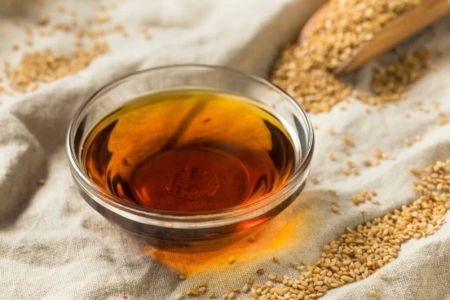Chinese Food Brunch Ideas for Food Lovers
- 1. Exploring Chinese Brunch Culture
- 2. Traditional Chinese Brunch Dishes
- 3. Modern Chinese Brunch Ideas
- 4. How to Create Your Own Chinese Brunch at Home
- 5. Where to Buy Chinese Food Ingredients for Your Brunch
1. Exploring Chinese Brunch Culture
Chinese brunch culture, often tied to the tradition of dim sum, is an exciting and varied way to enjoy food. While dim sum is typically served in the morning or early afternoon, it is a delightful way to explore the broader concept of Chinese food brunch. In Chinese culture, brunch isn't just about eating; it’s a social occasion that brings people together over a variety of small, flavorful dishes.
Whether you're sitting at a bustling restaurant in Hong Kong or enjoying a cozy meal at home, the essence of a Chinese brunch lies in its variety and communal style. Dishes are typically shared, allowing everyone to sample a wide range of flavors and textures. This casual, yet flavorful approach to brunch is a wonderful way to explore new foods and introduce unique dishes into your weekend meals.
2. Traditional Chinese Brunch Dishes
No Chinese brunch is complete without a selection of traditional dishes that have been enjoyed for generations. One of the most popular dishes is dim sum, a variety of small, steamed or fried dishes, such as dumplings, buns, and rolls. Dim sum often includes char siu bao (barbecued pork buns), siu mai (pork dumplings), and har gow (shrimp dumplings), which are a must-try for anyone new to Chinese cuisine.
Other staple dishes include congee, a savory rice porridge, often served with pickled vegetables or century eggs, and jianbing, a popular Chinese street food that makes for a delicious brunch option with crispy pancakes filled with egg, vegetables, and sauce.
3. Modern Chinese Brunch Ideas
In recent years, there’s been a growing trend of fusion dishes that blend traditional Chinese flavors with modern techniques. For example, Chinese-inspired avocado toast or bao buns filled with pulled pork or even tofu offer a fresh twist on traditional brunch favorites. These modern interpretations allow food lovers to enjoy the best of both worlds, bringing familiar brunch elements into the vibrant, diverse world of Chinese cuisine.
Another popular trend is the use of Chinese tea to pair with brunch dishes. Offering a selection of traditional Chinese teas, such as oolong or jasmine tea, can elevate your meal and add an authentic touch to your brunch spread.
4. How to Create Your Own Chinese Brunch at Home
Creating a Chinese food brunch at home is a fun and rewarding experience. Start by picking a few traditional and modern dishes that you love. For a simple brunch, you can prepare a variety of dim sum dishes, such as dumplings, buns, and spring rolls, and serve them with dipping sauces. Don't forget to include some Chinese teas and a light soup, such as wonton soup or hot and sour soup, to complete the meal.
If you’re feeling adventurous, try your hand at making chinese steamed buns or egg tarts, which are surprisingly easy to make and will impress your guests. The key to a successful Chinese brunch at home is variety – offering a range of textures and flavors that keep everyone engaged and excited about their next bite.
5. Where to Buy Chinese Food Ingredients for Your Brunch
If you're looking to source authentic ingredients for your Chinese brunch, there are a number of online stores that specialize in Chinese food products. Websites like Chinese Food offer a wide variety of ingredients, including dumpling wrappers, soy sauce, rice noodles, and teas. With these ingredients, you can easily create the perfect Chinese food brunch right in your own kitchen.
Be sure to stock up on some staple pantry items like five-spice powder, hoisin sauce, and sesame oil for authentic flavor, and don’t forget to explore some of the lesser-known ingredients that will bring your dishes to the next level.


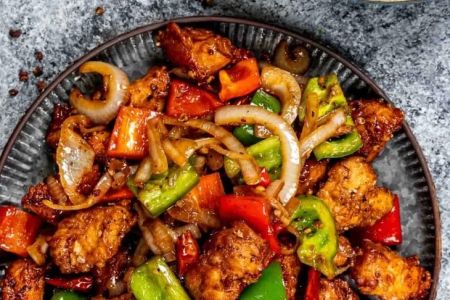
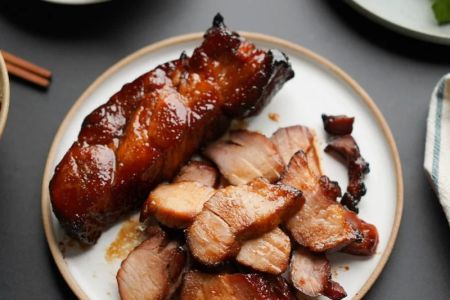
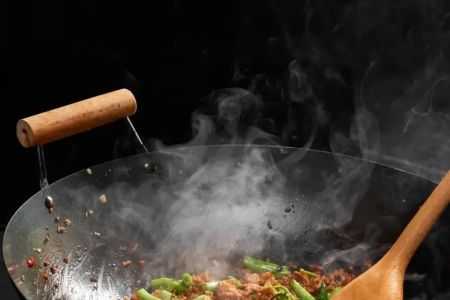
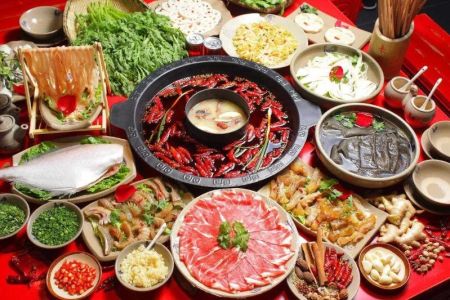
![Top Chinese Restaurants for Authentic Cantonese Cuisine in [Your City]](https://img.gochinarose.com/d33/2507/4157910400_450x300.webp)
